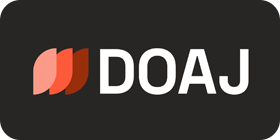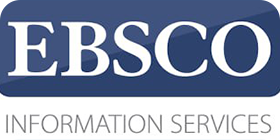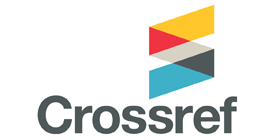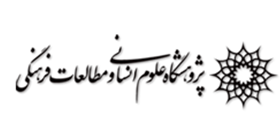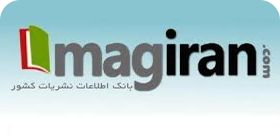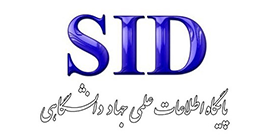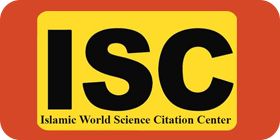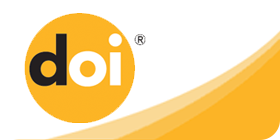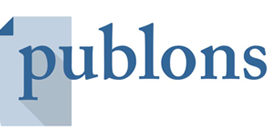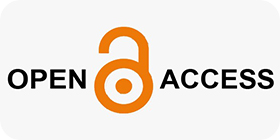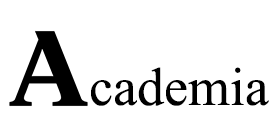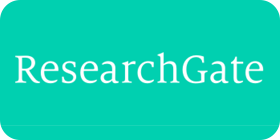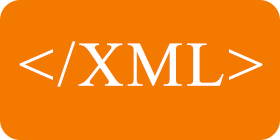Effectiveness of the Concept Mapping Teaching Method on the Creativity Components of Second Grade Elementary Students in Mashhad
Keywords:
Concept Mapping, Creativity, Fluency, Flexibility, Originality, Elaboration, Elementary Education, Teaching Methods, Cognitive DevelopmentAbstract
Purpose: This study aims to evaluate the effectiveness of the Concept Mapping teaching method in enhancing the creativity components—fluency, flexibility, originality, and elaboration—of second-grade elementary students in Mashhad, Iran.
Methods and Materials: A semi-experimental design with a pre-test and post-test structure was used. The sample consisted of 40 second-grade elementary students from Mashhad, divided into an experimental group (n = 20) and a control group (n = 20). The experimental group received instruction using the Concept Mapping method, while the control group followed traditional teaching methods. Creativity was assessed using a creativity test based on Torrance’s theory (1979). Descriptive statistics and covariance analysis (ANCOVA) using SPSS23 were employed for data analysis.
Findings: The results showed that the experimental group exhibited significant improvements in all creativity components—fluency, flexibility, originality, and elaboration—compared to the control group. The ANCOVA results indicated that the Concept Mapping method significantly affected creativity, with p-values less than 0.01 across all components. The experimental group demonstrated higher scores in the post-test on creativity measures, reflecting enhanced cognitive flexibility, fluency, originality, and elaboration.
Conclusion: The findings suggest that the Concept Mapping teaching method is an effective tool for enhancing creativity in elementary school students. By visually organizing and connecting ideas, students are able to improve their creative thinking across various dimensions, including fluency, flexibility, originality, and elaboration. This study provides evidence supporting the integration of Concept Mapping into elementary education as a strategy to foster creativity.
Downloads
References
Abtahi, M. A.-S., & Nadri, K. (2012). The relationship between Creativity and Social Adaptively with the Academic Performance of the High School Students in Zanjan City. Educational Administration Research Quarterly, 3(2), 15-28. https://www.magiran.com/paper/2168350
Allen, S., Hawkins, A. J., Harris, S. M., Roberts, K., Hubbard, A., & Doman, M. (2022). Day-to-day changes and longer-term adjustments to divorce ideation: Marital commitment uncertainty processes over time. Family Relations, 71(2), 611-629. https://doi.org/10.1111/fare.12599
Almulla, M. A. (2023). Constructivism learning theory: A paradigm for students' critical thinking, creativity, and problem solving to affect academic performance in higher education. Cogent Education, 10(1), 2172929. https://doi.org/10.1080/2331186X.2023.2172929
Bicer, A., Aleksani, H., Butler, C., Jackson, T., Smith, T. D., & Bostick, M. (2024). Mathematical creativity in upper elementary school mathematics curricula. Thinking Skills and Creativity, 51, 101462. https://doi.org/10.1016/j.tsc.2024.101462
Binoy, S. (2022). Concept Mapping to Enhance Critical Thinking in Nursing Students. International Journal of Nursing Education, 14(2), 159-164. https://doi.org/10.37506/ijone.v14i2.18008
Boeiry, I., Talebzadeh Shushtari, M., & Dasht Bozorgi, Z. (2024). Designing and testing a causal model of self-directed learning based on emotional creativity, critical thinking, and academic vitality with achievement motivation as a mediator. Journal of Psychological Sciences, 23(137), 1107-1128.
Chularut, P., & DeBacker, T. K. (2004). The Influence of Concept Mapping on Achievement, Self-Regulation, and Self-Efficacy in Students of English as a Second Language. Contemporary Educational Psychology. https://doi.org/10.1016/j.cedpsych.2003.09.001
Damanik, J. (2024). Unlocking Teacher Professional Performance: Exploring Teaching Creativity in Transmitting Digital Literacy, Grit, and Instructional Quality. Education Sciences, 14(4), 384. https://doi.org/10.3390/educsci14040384
Doris, O. M. (2018). Effect of Concept Mapping in Teachng of Physics in Senior Secondary Schools in Portharcourt Local Government Area Rivers State. European Scientific Journal Esj, 14(31), 71. https://doi.org/10.19044/esj.2018.v14n31p71
Jang, S.-J. (2010). The Impact on Incorporating Collaborative Concept Mapping With Coteaching Techniques in Elementary Science Classes. School Science and Mathematics, 110(2), 86-97. https://doi.org/10.1111/j.1949-8594.2009.00012.x
Keraro, F. N., Wachanga, S. W., & Orora, W. (2006). Effects of Cooperative Concept Mapping Teaching Approach on Secondary School Students’ Motivation in Biology in Gucha District, Kenya. International Journal of Science and Mathematics Education, 5(1), 111-124. https://doi.org/10.1007/s10763-005-9026-3
Khrais, H., & Saleh, A. (2017). The Outcomes of Integrating Concept Mapping in Nursing Education: An Integrative Review. Open Journal of Nursing, 07(11), 1335-1347. https://doi.org/10.4236/ojn.2017.711096
Kinchin, I. M., & Gravett, K. (2020). Concept Mapping in the Age of Deleuze: Fresh Perspectives and New Challenges. Education Sciences, 10(3).
Maleki, H. (2016). The Relationship between Emotional Intelligence and Creativity among High School Students. Journal of Research in Educational Systems, 10(33), 190-209. https://www.jiera.ir/article_49516_fc5a26dcbf9f51a8605a19bbf4cf27b1.pdf
McGinity, R., Heffernan, A., & Courtney, S. J. (2021). Mapping trends in educational-leadership research: A longitudinal examination of knowledge production, approaches and locations. Educational Management Administration & Leadership, 50(2), 217-232. https://doi.org/10.1177/17411432211030758
Mohebbi, A., & Shamabadi, A. (2023). Investigating the relationship between creativity and self-confidence with academic achievement in the mathematics course of first secondary school students. Research in educational sciences and counseling, 1401(17), 96-110. https://educationscience.cfu.ac.ir/article_2511.html
Nersessians, E., Fayaz, E., & Ardebili, L. (2018). Study of Cultural Conceptualization of Marriage and Childbearing among Women in Tehran: with a Cognitive Sociolinguistics Approach. Woman in Development & Politics, 16(3), 359-377. https://doi.org/10.22059/jwdp.2018.247109.1007322
Pashaei, Z., Mesrabadi, J., & Farid, A. (2020). The Effectiveness of Group Concept Mapping on Academic Progress and Engagement in Fifth Grade Science Shahid Madani University of Azerbaijan]. http://pajouhesh.azaruniv.ac.ir/_Pages/Research.aspx?ID=36476
Wang, J., Sheng, M., & Song, R. (2024). Enhancing Classroom Behaviors and Creativity: The Impact of a Critical Thinking Workshop. International Journal of Education and Cognitive Sciences, 5(1), 8-15. https://doi.org/10.61838/kman.ijecs.5.1.6
Downloads
Published
Submitted
Revised
Accepted
Issue
Section
License
Copyright (c) 2025 Mohammad Amin Arabbaygi, Hossein Mahoor, Touraj Fallah Mahneh (Author)

This work is licensed under a Creative Commons Attribution-NonCommercial 4.0 International License.

